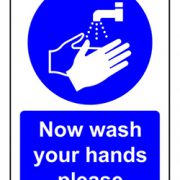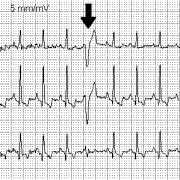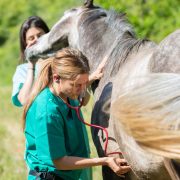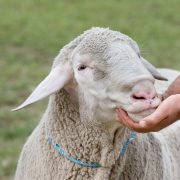Associations between dairy cow inter-service interval and probability of conception
J.G. Remnant, M.J. Green, J.N. Huxley and C.D. Hudson | Theriogenology | July 2018
The aim of this study was threefold: to investigate the variation in conception risk by inter-service interval (ISI) in dairy cows; to increase understanding of the effects of ISI on fertility, and to investigate the expected estrous cycle length of previously inseminated dairy cow…











Connect with us